Foot pressure plates are commonly used for foot health assessment and gait analysis. Their main function is to use sensors to collect the pressure distribution of the sole during standing or walking, in order to reveal detailed information about foot structure and movement, and to provide scientific evidence for medical diagnosis, sports training, and footwear design.
1. Working principle
The foot pressure plate is centered on a built-in array of high-sensitivity sensors.
When the foot contacts the surface of the plate, it applies pressure to different areas, and the sensors record the magnitude of the pressure.
The data is transmitted in real time to a computer system and converted into pressure distribution maps, gait curves, and center-of-gravity movement trajectories.
From these intuitive images, one can determine the uniformity of pressure on the sole, the symmetry of gait, and the stability of balance.
Simply put, it reveals dynamic information of the sole through "pressure sensing—data acquisition—visual analysis."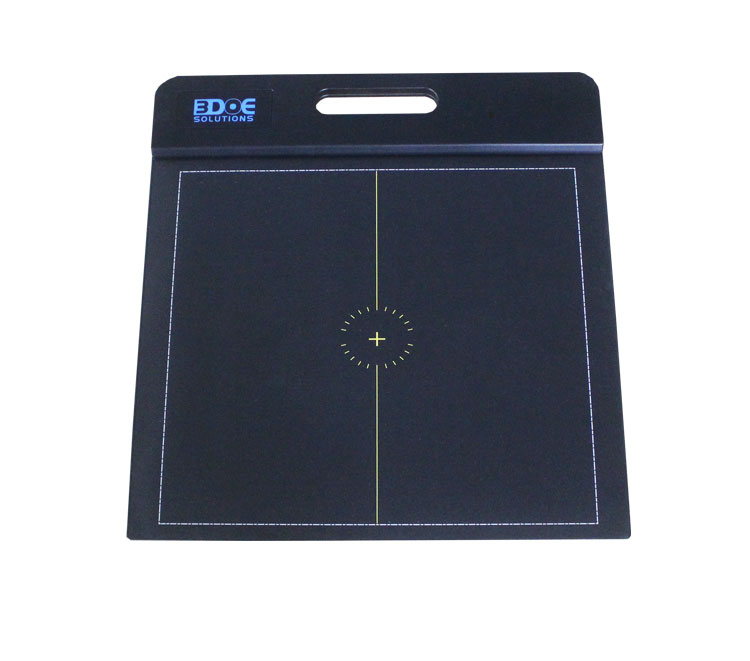
2. Common application scenarios
Medical diagnosis and rehabilitation
Foot pressure plates are commonly used for flat feet, valgus feet, varus feet, and other foot disorders. This technology can identify abnormal pressure areas, providing strong diagnostic support for doctors. During recovery from diabetic foot or joint surgery, monitoring pressure changes can also help evaluate the condition and recovery effect.
Sports performance and injury prevention
For athletes and running enthusiasts, foot pressure plates can analyze landing techniques, pressure symmetry, and gait stability. Coaches can use the data to provide improvement suggestions, reduce the risk of sports injuries, and optimize training methods.
Custom insoles and orthopedic shoes
Combined with a 3D foot scanner, data from the foot pressure plate can provide references for designing personalized insoles or orthopedic shoes. It provides both static foot shape information and dynamic pressure information, making the products closer to actual needs.
Monitoring children's foot development
The development of the foot arch in children is relatively complex. Foot pressure plates can monitor gait and pressure distribution over a long period, helping to determine whether it is physiological flat feet or if early intervention is needed.
Assessment of balance in elderly people
Elderly people are at a higher risk of falling. Pressure plates can detect the stability of their center of gravity and any gait abnormalities, providing reference for fall prevention and rehabilitation training.
Research and education
In fields such as sports science, rehabilitation, and biomechanics, foot pressure plates provide reliable data, helping researchers explore human movement patterns and offering students intuitive examples for teaching.

 +86-0755-86131192
+86-0755-86131192 2025-09-26
2025-09-26 Back to list
Back to list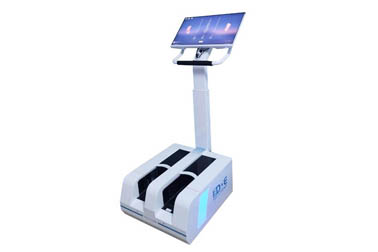
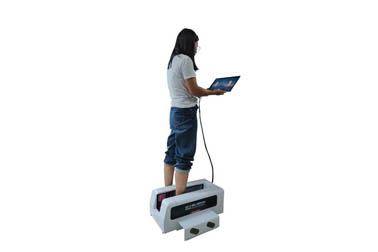
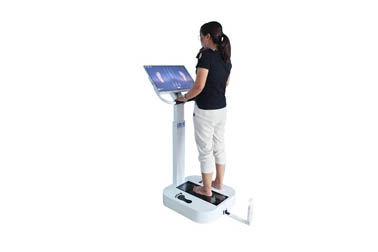
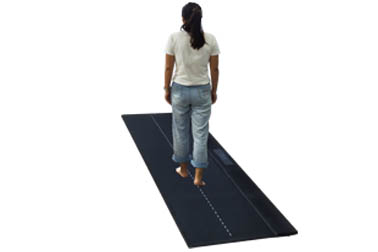
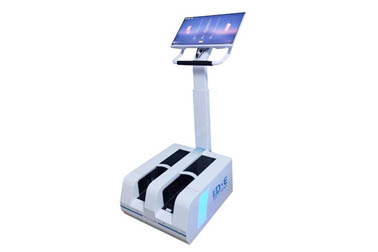
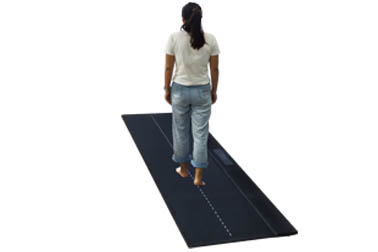



 +86-0755-86131192
+86-0755-86131192